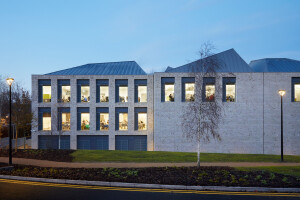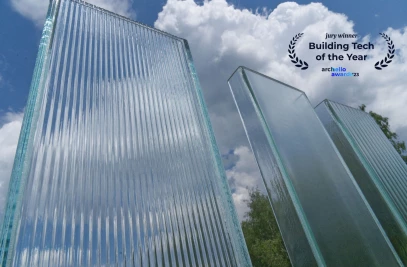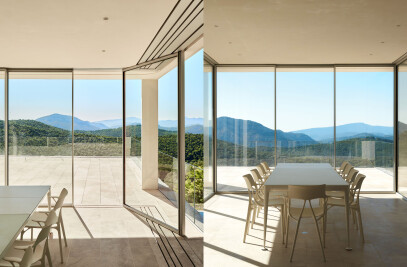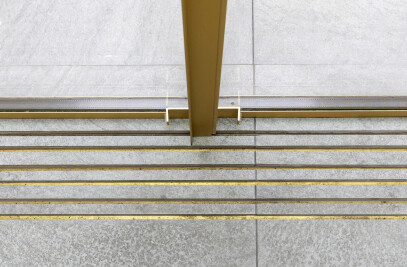Located in proximity to the historic city centre of Durham, a UNESCO World Heritage site, the Lower Mountjoy Teaching and Learning Centre offers innovative teaching and learning space at Durham University. The town’s iconic cathedral and historic building grain factor in throughout the project. Designed by FaulknerBrowns Architects, the centre was delivered in a team collaboration with Space Architects and Galliford Try.
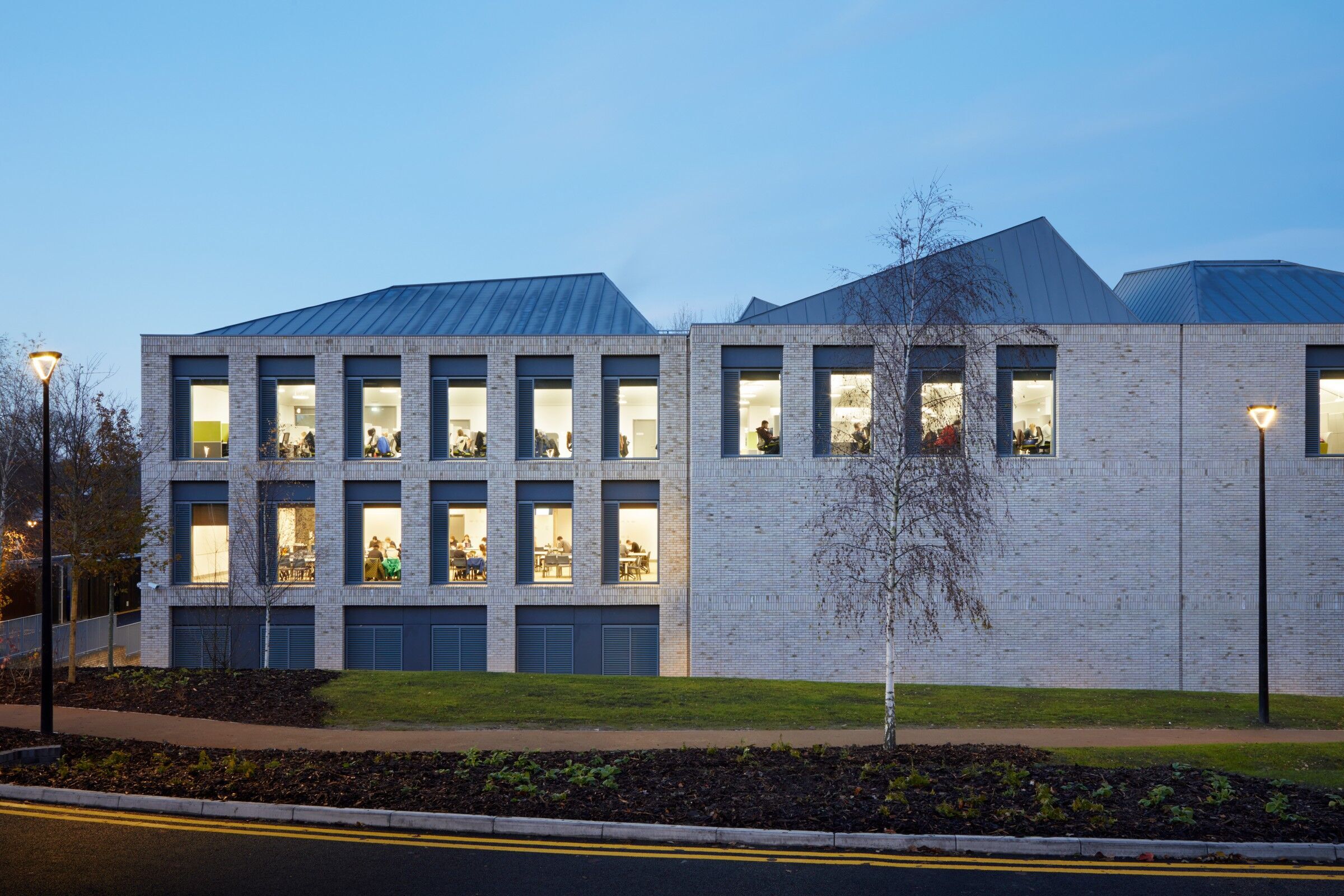
In 2017, a new University Strategy was launched to offer a strategic direction for Durham University over ten years. FaulknerBrowns were engaged to support and inform this development with the development of a new University Masterplan. Central to the University Strategy and Masterplan was the provision of enhanced teaching and learning facilities to support an increase in student numbers. In addition to enabling the adoption of new pedagogies, the vision included creating facilities that could be shared by all students rather than being aligned to specific faculties or departments.

In line with the project objectives, FalknerBrowns carried out extensive independent research into how spatial design can support the success of innovative teaching pedagogies. Based on this research, along with studies on the balance and space types at other comparable institutions, a teaching and learning ‘space mode’ became the basis for the programme and spatial arrangement building, as well as the University’s forward plan for teaching and learning spaces.

The social and circulation hub of the centre is formed by a top-lit central courtyard which gives access to 250 and 500 seat lecture theatres. Seminar spaces, project rooms and a diverse range of teaching spaces support and surround these lecture theatres.

The vaulted upper floor of the centre accommodates an extensive ‘learning commons’ with a broad range of settings for learning. Full height windows provide views to the surrounding landscape and the town’s cathedral.
Given the building’s sensitive location in proximity to a World Heritage site, the incorporation of an 8,000 m2, three-storey building was a challenge. To ensure sensitive integration with the urban fabric, the overall volume of the building was broken down into smaller, repetitive volumes and elements that resemble more closely the grain of Durham.

A three-storey module with a 15 x 18m footprint was the basic building block of the centre. Each module has two façade types: a ‘fenestrated’ façade, generally along the long face, and a ‘gable’ façade of the short face. An asymmetrical pyramidal roof with central rooflight caps each module. In total, there are twelve modules, rotated and handed to create the overall building volume. A void, or removal, of one of the modules, forms the internal courtyard.
The pyramidal roofline not only creates complexity and interest in form but also allows for a series of dramatic top-lit areas and upper-level learning areas – which can be seen as a modern form of the traditional reading room.

The roof forms are finished with traditional standing seam sheet with traditional brickwork below in a nod to the conservation setting.
As a leading teaching centre, integrated technology and sustainability strategies were core to the project vision. The centre has been completed to a BREEAM ‘Excellent’ Standard and with an EPC ‘A” rated energy performance.
Thin-film photovoltaics are embedded within the courtyard roof glazing. Together with a combined heat and power unit, this makes a significant contribution to renewable energy. A mixed-mode ventilation strategy is also employed. Natural ventilation is provided from louvre panels next to the windows and controlled by a Building Management System. Transfer grilles in the rear of teaching spaces exhaust warm air to the atrium, where it is discharged through the rooflights using a natural stack effect.

Since its opening at the start of the 2019-2020 academic year, the building has proved itself a popular facility for teaching and learning, enabling the adoption of new innovative pedagogies and becoming a focal venue for academic life.









